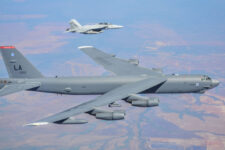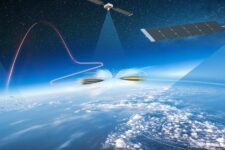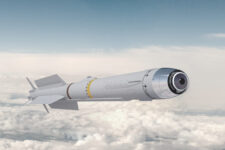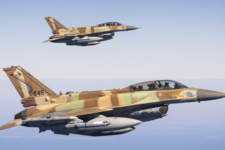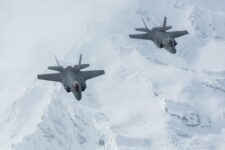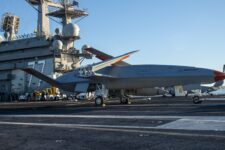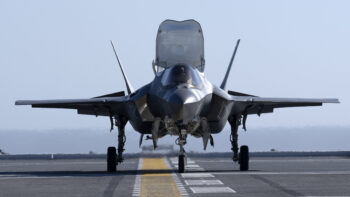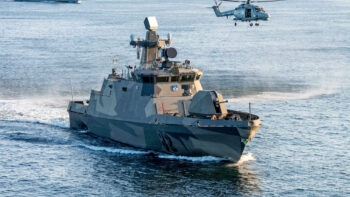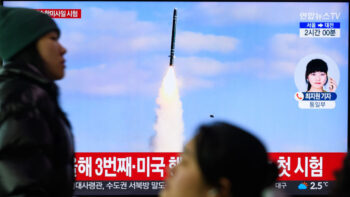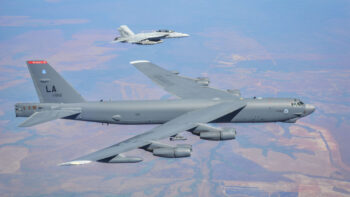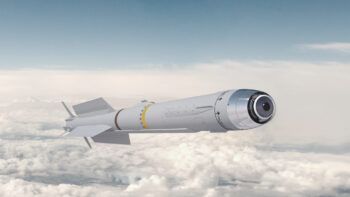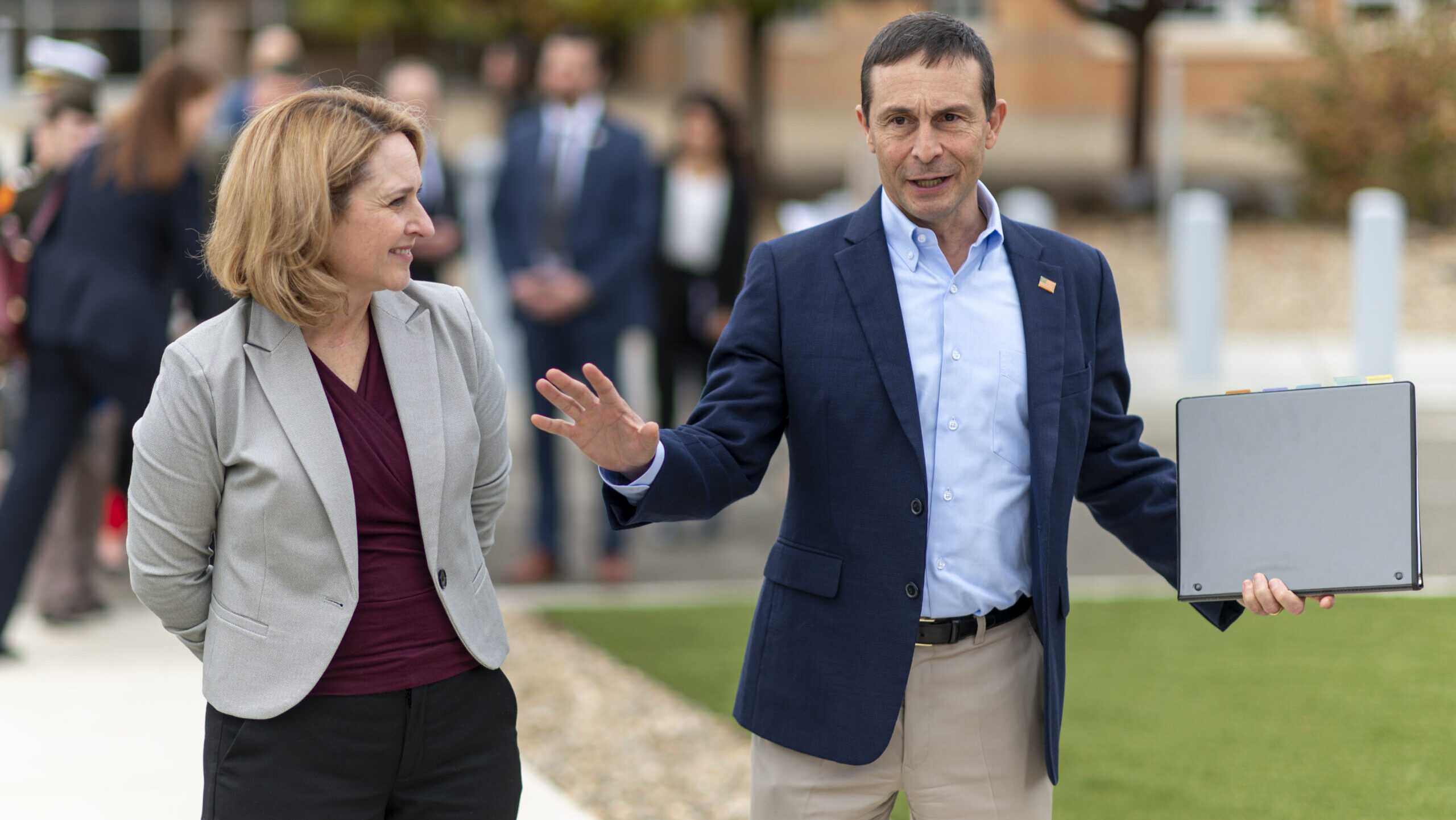
Deputy Secretary of Defense Kathleen H. Hicks is walks with Director of the Defense Innovation Unit Doug Beck during a visit to the Defense Innovation Unit, Mountain View, California, Dec. 12, 2023. (DoD photo by U.S. Navy Petty Officer 1st Class Alexander Kubitza)
WEST 2024 — The Pentagon has picked which systems will be fielded under the first tranche of its Replicator initiative and is in the process of “finalizing proposals” for a second iteration, a key official said today — while keeping details under wraps.
Navy Capt. Alex Campbell, director of the Defense Innovation Unit’s (DIU) maritime portfolio, said that Deputy Secretary of Defense Kathleen Hicks and her team “have selected the first tranche of Replicator systems.” But, he said, secrecy is going to remain Replicator’s watchword.
“And there is likely some frustration that that hasn’t been publicly announced, but please understand that is very deliberate,” Campbell said. “There is a very important, frankly critical, conceal and reveal strategy when it comes to Replicator. We do not want our adversaries understanding the detail of the systems that we intend to deploy thousands of to the INDOPACOM” area.
The first instantiation of Replicator, announced in August last year by Hicks, is focused on countering China’s military mass by cranking out “multiple thousands” of “attritable autonomous systems” across “multiple domains” within two years. That following November, DIU said it was eyeing between February and August 2025 to field a set of systems under the first tranche of Replicator, focused on the needs in US Indo-Pacific Command.
Just like with tranche 1, expect a certain level of secrecy. However, Campbell emphasized that software will be a big focus for the next wave of the effort.
“We are in the stages of finalizing proposals for what we call tranche two of Replicator, which is another…batch of platforms that can be accelerated to meet that 18- to 24-month timeline,” said Campbell. “And I think in tranche two… the direction from senior leadership is to also focus on the software that enables all those platforms to function and to exist to work together and to do things that, frankly, we’ve never seen on the battlefield before,” Campbell continued.
That will look like “multi-platform sorties collaborating to create lethal effects and respond to a very dynamic environment against different threats and…different adversary platforms out there,” he added.
While Replicator 1 “is all about all-domain attritable autonomy,” the following tranches of Replicator “are meant to be top-level, let’s get after the hardest problems and let’s do them quickly and let’s do them at scale,” Campbell said. “So DoD leadership is now in the process of identifying the scope of what Replicator 2 is going to be. So it’s not going to be all domain attritrable autonomy, it is going to be some other hard to solve problem that must be solved…at speed and scale.”
In January, a Pentagon spokesman told Breaking Defense that DoD had selected the first “capabilities” under the initiative and was in the process of developing acceleration pathways for systems to meet those capabilities.
The spokesperson at the time said the selection of capabilities, first reported by DefenseScoop, were not the actual systems that would be fielded under Replicator, but instead “are effects the warfighter needs to be able to achieve through a particular course of action.”


